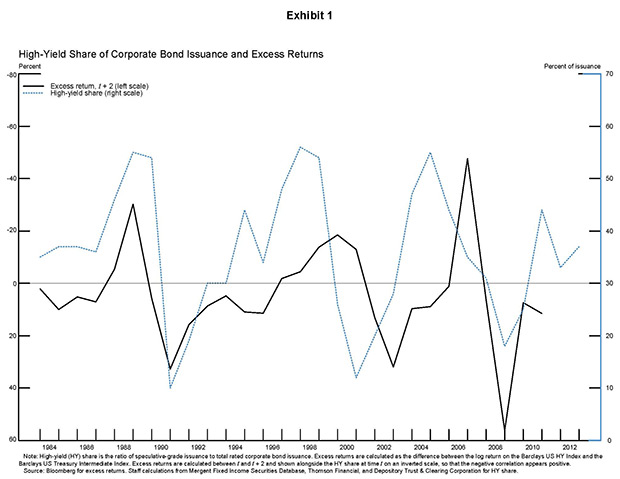One of the key aims of this blog will be to identify any differences between a bubble destined to burst and a sustainable boom in prices. This may not be as straightforward as it sounds; a recurring feature of bubbles is that they are only conclusively identified in hindsight. Indeed, some of the most interesting models in the field assume that actually identifying the bubble in real time is impossible.
This is the case for
Burnside et al (2011), who model the behaviour of quasi-rational investors in a housing market. Sometimes a rise in prices is sustainable, and sometimes it will not be, but the model assumes that no investors can conclusively tell which is the case before the bubble 'bursts'. The only difference between a bubble and a justifiable boom is that the optimists "happen to be right".
The distinctive feature of this model is that it compares the beliefs of investors to infectious diseases, and can therefore take advantage of the body of work originating with Daniel Bernoulli's
Epidemic Modelling. When an optimist meets a pessimist, there is a chance that the pessimist will 'catch' the optimism bug, and vice-versa. Beliefs are heterogeneous, but infectious, and so periodically tend towards homogeneity until the point at which the majority are unceremoniously mugged by reality.
There is a behavioural justification for believing that this is an accurate representation of reality.
Daniel Kahneman (2011) describes a psychological phenomenon called 'herding', where individuals form opinions by balancing their beliefs against those of everyone else.
Surowiecki (2004) argues, and Kahneman agrees, that this is usually more rational than sticking with a belief that the rest of the population consider extreme. The formation of bubbles can thus be considered a form of
prisoner's dilemma: rational behaviour on the part of individuals leads to irrational behaviour on the part of the overall group.
Alan Greenspan coined the term "irrational exuberance" to describe this phenomenon, and this phrase has since been used by
Shiller (2005) as the title of an influential book on the causes of bubbles. As a means of describing the phenomenon it is very convincing, but whether it can be used to identify a bubble in real time is somewhat less clear.
References
Burnside, Craig, Martin Eichenbaum and Sergio Rebelo, 'Understanding Booms and Busts in Housing Markets', National Bureau of Economic Research, Working paper no. 16734 (2011).
Kahneman, Daniel, Thinking Fast and Slow, Penguin (2012).
Surowiecki, James, The Wisdom of Crowds: Why the Many are Smarter than the Few, Abacus (2005).
Shiller, Robert, Irrational Exuberance: Second Edition, Princeton University Press (2005).

